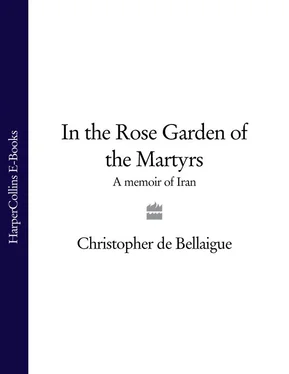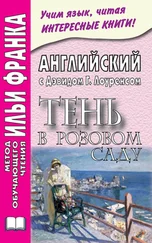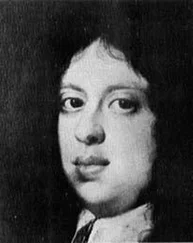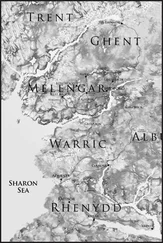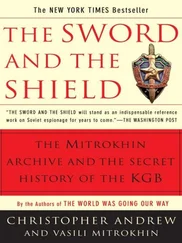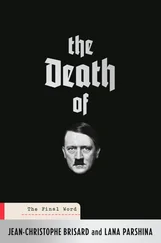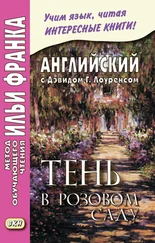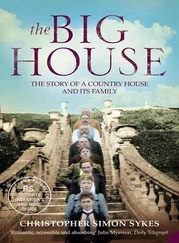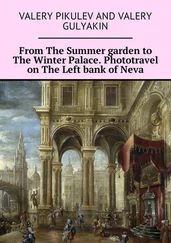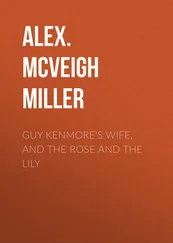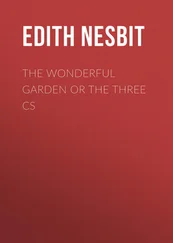I’ve seen cars prostrate over advertising hoardings; I’ve seen a compressed pedestrian dead like a slug in the middle of the road. I’ve seen cars skittle mopeds – no helmets of course, that would be sissy – and drive on regardless. Drivers communicate by leaning on their horns and flashing their headlights. They use symbols: the thumbs-up (a rough equivalent of the finger), the clenched fist (a bit worse). Tempers fray. Once, as a passenger in a taxi, I found myself leaning out of the window and deploying a Turkish profanity that I had learned while living in Ankara but had never, on account of its considerable obsceneness, dared to use.
The elderly taxis are Paykans. In winter, Paykan drivers stick a piece of cardboard across the grille, giving the car the appearance of an asthmatic with a hanky in front of his mouth. Paykan means arrow, but the Paykan is as unerring as the Hillman Hunter, its almost identical antecedent from the 1960s, was sharp-nosed and predatory. In the old days, Paykans were mainly British-made and assembled in Iran. But the British don’t make Paykan parts any more, and 97 per cent of every Paykan is Iranian. I have been told that every new Paykan rolls off the production line with an average of two hundred faults. This is the reason why a fifteen-year-old Paykan, which has more British parts, will cost you more than a new one.
‘And now it’s the turn of the smile. Everyone smile to everyone! The rose of a smile will beautify your face. The scientists have established that people who smile in response to daily challenges are more likely to retain their health. Don’t frown!’
Something happened and we started to move. Sometimes, it’s not obvious why these traffic jams happen, and why they stop. It’s one of the mysteries of Tehran.
In the 1990s, Karbaschi let the magnates into north Tehran, where they developed Elahiyeh and other neighbourhoods with little regard for taste or safety. (It’s not unknown for new buildings to subside as a result of vibrations from nearby building sites.) The city’s infrastructure couldn’t keep up with the pace of growth, and there was a bad smell of impropriety. When Karbaschi was jailed in 1998, everyone knew his trial was politically motivated. But no one suggested that his municipal empire wasn’t corrupt.
Now, four years after he was pardoned and freed, Karbaschi is infrequently criticized. His freeways, his skyline, his parks and his cultural centres: they symbolized a regeneration, Tehran’s version of the building boom that bulldozed and revived Europe’s cities in the 1950s. Karbaschi was announcing: the War’s over. Let us look to the future.
But a revolutionary state can’t look to the future. The Revolution is everything, and it has already happened. The War was the Revolution’s crescendo, so the authorities have preserved it. Living in Tehran is like listening to the sea in a shell.
The authorities made the War part of the fabric. They put it on the city maps. As casualty figures rose, so the localities started changing. Thousands of streets called after nightingales, angels and pomegranates were given new names. Martyr Akbar Sherafat (this was the street where he grew up; his parents still occupy a flat in number sixty-one); Martyr Soufian (his daughter was born a few days after an Iraqi shell scattered bits of him over the front); the Martyrs Mohsenian – two brothers whose faces, smiling down from heaven, have been painted on a wall.
In the process of finding a friend’s house, you commemorate heroes:
‘Excuse me, madam, where’s Martyr Khoshbakht Alley?’
‘Well, you go down Martyr Abbasian Street, turn right into Martyr Araki Street, and then turn left immediately after the Martyr Paki General Hospital …’
So much for the little men with their little places; the prestige memorials – the boulevards and autobahns – are reserved for the dead elite. In the north of Tehran, there’s Sadr Autobahn – that’s Iraq’s Ayatollah al-Sadr, Iraqi Shi’ite, whom Saddam Hussein executed for sedition. Sadr is tributary to the main north-south autobahn, Modarres (Ayatollah Modarres, who was known for his opposition to the last Shah but one). Closer to the Square of the Seventh of Tir, there’s Beheshti Avenue. (Ayatollah Beheshti was the Islamic Republic’s first chief justice.) Before the Revolution, Beheshti Street was called Abbasabad.
My taxi was going on slowly. I saw that scaffolding was up in front of a mural that had interested me since my arrival in Iran. Men in overalls were sitting on the scaffolding, under a canopy. There were pots that I assumed to be full of paint; they were preparing to paint over the mural.
The mural showed a dead man, a martyr, lying in his bier, with his daughter standing over him, holding a rose. The daughter couldn’t have been more than four years old, but she wasn’t looking down on her father with the exuberant grief that you might expect. Her expression said: ‘I understand. You were my father but, more important, you were a Muslim. Having weighed your competing responsibilities, you went off to defend the Revolution, and Islam, from the Iraqi rapists. Good for you.’
I couldn’t imagine the little girl giggling, or whining, or tugging at her mother’s chador and demanding ice cream. Her dress was fanatically Islamic; who ever heard of a four-year-old wearing a black smock to cover her hair, and a chador over that, with not so much as a lock on display? A four-year-old alive to the diabolical temptation represented by a woman’s hair? She wasn’t a girl, but an idea.
We passed Mottahari Street (former name: Peacock Throne Street) – that’s Ayatollah Mottahari, Khomeini’s colleague and friend, who was assassinated a few months after the Revolution. We reached the Square of the Seventh of Tir – former name: the Square of the Twenty-Fifth of Shahrivar, the date of the Shah’s accession to the throne. Not a square in the Western sense, or a grassy maidan in the Indian – more an oxbow for Karbaschi’s meandering freeway, with a scum of shared taxis and cars and buses.
On the Seventh of Tir 1360 – that’s the Iranian calendar date for 21 June 1981 – a huge explosion that is thought to have been planted by the Hypocrites killed seventy-two people, including Beheshti, four cabinet ministers and other bigwigs. (Two more later died of their wounds.) On a wall overlooking the square there is a mural of Beheshti with his wiry beard and olive-stone eyes. Underneath, there is his eccentric adumbration of Iran’s foreign policy: ‘Let America be irritated by us; let it be so irritated, it dies.’
The carnage of the Seventh of Tir convinced Khomeini that there could be no mercy. The enemy, the Communists, liberals and pseudo-Islamists, had to be destroyed. In the months that followed, thousands of members and sympathizers of the Mujahedin and other opposition groups were executed. On 18 and 19 September 1981: 182 (according to official figures). On 27 September 1981: 153.
We entered Roosevelt – it acquired a new name after the Revolution, but everyone still calls it Roosevelt. We passed the Nest of Spies. It’s the regime’s name for the former US Embassy. Low-slung walls: easy enough for the students to get over. I remembered pictures from Time magazine at the end of 1979, of the hostage-takers using an American flag to carry away rubbish from the embassy compound, and a lurid Khomeini, Hammer Horror with blood-red irises, on the cover.
A few months before I’d visited a temporary exhibition at the Nest of Spies. The people had come to smell America. They’d come to look at the eavesdropping equipment that the embassy staff had used, and the shredders and incinerators they’d fed with documents as the students took over the embassy. (The students then spent months piecing together the shredded material. Some of this, they were able to claim, implicated their domestic rivals in CIA plotting. This was helpful to Khomeini, who used the findings to discredit his opponents.)
Читать дальше
